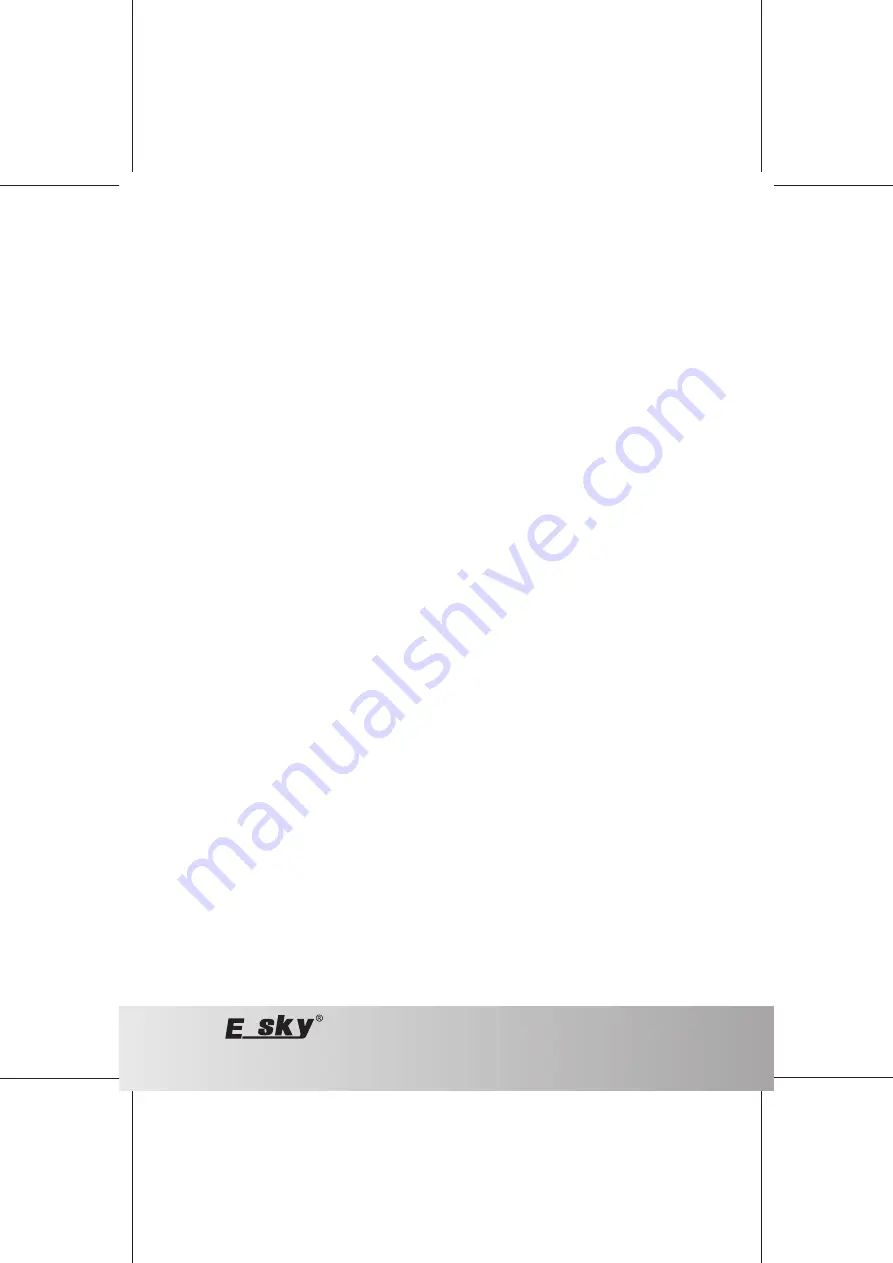
51
07/10
Re-establishing the binding:
Disconnect the receiver from the power supply.
Connect the receiver to the power supply again. The status display flashes.
Switch on the transmitter.
When both lamps are lit permanently, binding has been performed and the control signals transmitted are received.
The remote control is now ready for use.
g) Basic Information Relevant to the Control of Model Helicopters
Before operating your model, you should know the available control possibilities first in order to be able to safely
control the model. The double rotor model helicopter is controlled via the two control sticks at the remote control
transmitter. The following functions are available (see also figure 14 on the next page):
Pitch Function
With the Pitch function you can control the flying height of the helicopter (see figure 14, item A). For control, the left
control lever (also see figure 1, item 11) is used.
To that effect, the control lever can be moved forward and backward. Unlike with other control functions, the lever does
not keep springing back to the centre position. As the angles of attack of the rotor blades are not modifiable, setting the
flying height is effected via a common speed modification of the two rotors.
Pulling the control stick towards you switches off the motors and the rotors stop. If you push the control stick forward,
the rotors run and increase the speed according to the position of the stick. When the control lever reaches the centre
position, the helicopter should hover.
Tail Function
As the helicopter is equipped with two counter-rotating rotors, there is no torque around the yaw axis (rotor shaft). The
helicopter does not need a functional tail rotor for stabilization.
To allow the model to turn around the yaw axis (rotor shaft), the two main rotors run with slightly different speeds and
the model begins to turn (see figure 14, item B). The tail function is controlled with the left-hand control stick (see figure
1, item 11). If the lever is pushed slightly towards the left, the tip of the fuselage turns towards the left. If you steer
towards the right, the tip of the fuselage turns likewise towards the right.
Roll Function
The roll function allows you to move your model helicopter sideways to the right and to the left (see figure 14, item C).
For control, use the right control lever (also see figure 1, item 5).
If the lever is steered slightly towards the left, the model drifts sideways to the left. If you steer to the right, the model
drifts sideways to the right.
Nod Function
The nod function allows you to move your model helicopter forward and backward (see figure 14, item D). This is also
controlled with the right control lever (also see figure 1, item 5).
If you press the lever slightly forward, the model flies forward. If you pull the lever towards the back, the model flies
backwards.















































